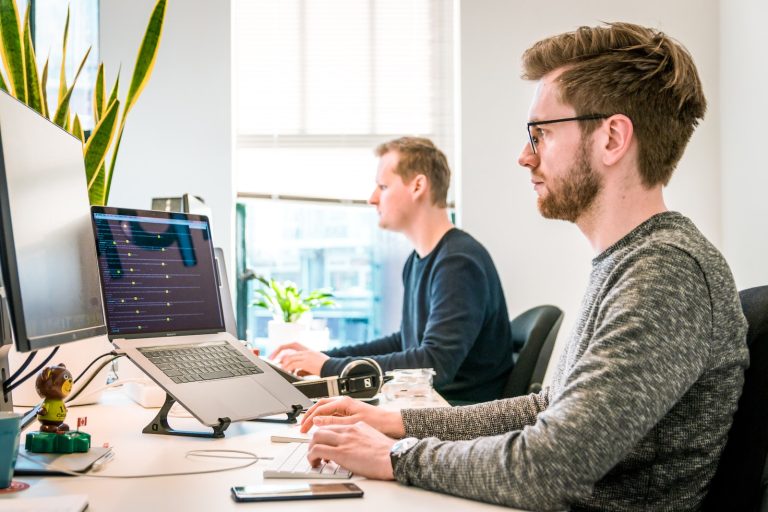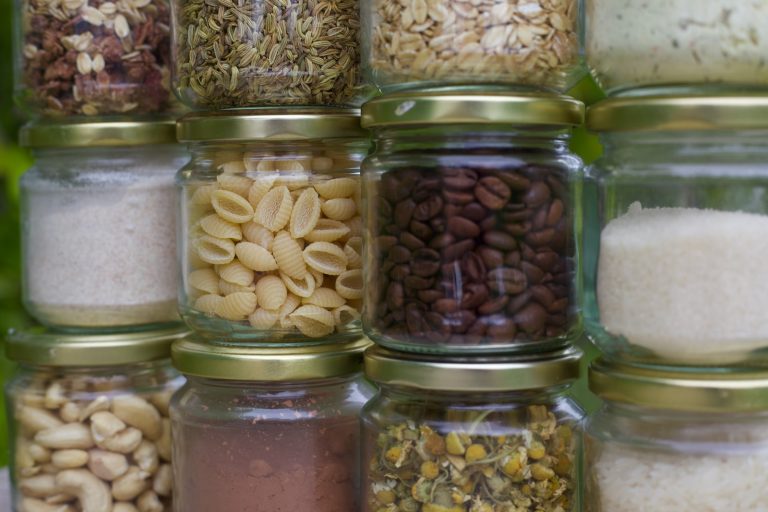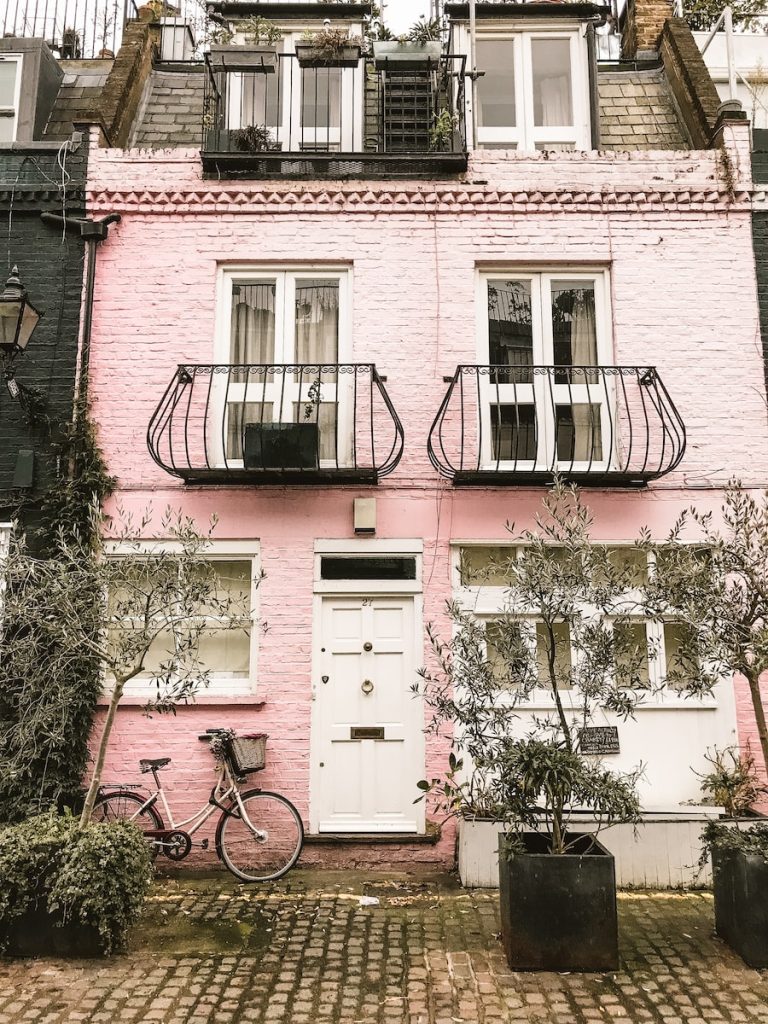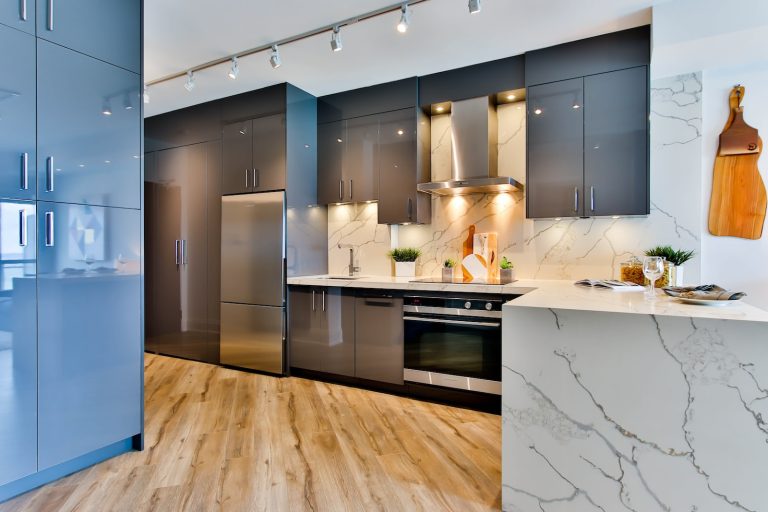Quick Fixes for Common Plumbing Problems

Are you tired of dealing with leaky faucets, clogged toilets, and other frustrating plumbing problems? Don’t let these issues ruin your day – check out our quick fixes for common plumbing problems! With just a few simple tools and some basic know-how, you can tackle these pesky household issues in no time. So put on your DIY hat and get ready to fix those pipes like a pro. Let’s dive in!
Common Plumbing Problems
If you’re a homeowner, chances are you’ve had to deal with a plumbing problem at some point. Some common plumbing problems include clogged drains, leaky faucets, and low water pressure. While most plumbing problems can be fixed relatively easily, some may require the help of a professional.
Clogged Drains: One of the most common plumbing problems is a clogged drain. This can be caused by build-up from soap, hair, grease, or even food. The best way to prevent a clogged drain is to regularly clean it with a plunger or snake. If you do find yourself with a clogged drain, try using a plunger or snake before calling a professional.
Leaky Faucets: Another common plumbing problem is a leaky faucet. This is usually caused by worn-out washers or gaskets and can be fixed relatively easily. Simply replace the washer or gasket and tighten any loose screws. If you’re still having trouble after replacing the washer or gasket, call a professional plumber.
Low Water Pressure: Low water pressure is another common plumbing problem that can often be fixed without calling a professional. First, check all your faucets to see if the problem is isolated to one area or if it’s throughout your home. Next, check for any leaks in your pipes which could be causing the low water pressure. Finally, if neither of these solutions work, ask your neighbors
If you’re a homeowner, chances are you’ve had to deal with a plumbing problem at some point. Plumbing problems can range from a clogged sink to a leaking pipe, and they can be a real pain to deal with. But don’t worry, we’re here to help! In this article, we’ll give you a quick introduction to some of the most common plumbing problems and show you how to fix them quickly and easily.
One of the most common plumbing problems is a clogged sink. If your sink is clogged, it’s probably because there’s something blocking the drain. To fix this, you’ll need to clear the blockage. The best way to do this is by using a plunger or a plumber’s snake. If you don’t have either of these tools, you can try pouring boiling water down the drain or using a wire hanger to fish the blockage out.
Another common plumbing problem is a leaky pipe. If you have a leaky pipe, it’s important to fix it as soon as possible so that it doesn’t cause any damage to your home. The best way to fix a leaky pipe is by using plumber’s putty or epoxy putty. You’ll need to apply the putty or epoxy around the hole in the pipe and then wait for it to dry before turning the water back on.
These are just two of the most common plumbing problems that homeowners face. If you have any other plumbing issues, it’s best to call a professional plumber. They’ll be able to diagnose the problem and provide you with the best solution.
Causes of Common Plumbing Problems
There are many different causes of common plumbing problems. Some of the most common causes include:
-Clogged drains: This is one of the most common plumbing problems and it can be caused by a variety of things such as hair, soap scum, and grease.
-Leaky pipes: Leaky pipes can be caused by a variety of things such as corrosion, poor installation, or damage.
-Running toilets: This problem is usually caused by a faulty flapper or fill valve.
-Low water pressure: This problem can be caused by a variety of things such as leaks in your pipes or fixtures, a broken water main, or sediment build-up in your water heater.
Quick Fixes for Clogged Drains
If you’ve ever had a clogged drain, you know how frustrating it can be. Water backs up in the sink, making it impossible to use, and it can be a real pain to try to unclog it yourself. Luckily, there are a few quick fixes that can help.
One of the easiest things you can do is pour boiling water down the drain. This will help to break up any grease or soap that may be causing the clog. If that doesn’t work, you can try using a plunger. Just make sure that you have a good seal before you start plunging, or you won’t be able to generate enough pressure.
If those two methods don’t work, your next best bet is to use a plumber’s snake. This is a long, flexible piece of metal that can reach deep into the drain and break up even the most stubborn clogs. Of course, if none of these methods work, it’s time to call in a professional plumber.
Quick Fixes for Leaks and Drips
There’s nothing worse than a pesky leak or drip. Not only is it annoying, but it can also waste a lot of water and money. Thankfully, there are some quick and easy fixes that you can do yourself to take care of the problem.
For a temporary fix, try wrapping the leaking pipe with a rubber band or piece of cloth. This will help to stop the flow of water until you can get a more permanent fix in place. If you’re dealing with a drip, simply place a bowl or bucket under the drip to catch the water.
For a more permanent solution, you’ll need to replace the faulty part of the pipe. This may require soldering for copper pipes, or using PVC cement for plastic pipes. Once the new section is in place, turn on the water and check for leaks. If all is well, then you’re good to go!
Quick Fixes for Running Toilets
When your toilet won’t stop running, it’s a good idea to check the float ball. This is the part that controls how much water is in the tank. If it’s stuck in the up position, it will prevent the tank from refilling and cause the toilet to keep running. To fix this, simply adjust the float ball so that it moves up and down easily.
If your toilet is still running after adjusting the float ball, then the problem may be with the flapper valve. This is the part of the toilet that controls how much water is released when you flush. If it’s not sealing properly, water will leak out and cause your toilet to keep running. To fix this, simply replace the flapper valve with a new one.
If your toilet runs intermittently, then the problem may be with the fill valve. This is what allows water to enter the tank after you flush. If it’s not working properly, then water may only enter the tank occasionally, causing your toilet to run intermittently. To fix this, simply clean or replace the fill valve.
Quick Fixes for Low Water Pressure
If you have low water pressure, there are a few quick fixes you can try before calling a plumber. First, check all of your faucets to see if the problem is isolated to one or more fixtures. If it is, clean the aerators on those fixtures and see if that restores water pressure.
If not, the next step is to check your home’s main shut-off valve. This valve is usually located near where the water line enters your home. Make sure this valve is fully open. If it is, and you still have low water pressure, the problem may be with your municipal water supply and you will need to contact your local utility company.
Quick Fixes for Frozen Pipes
If your pipes have frozen, there are a few quick fixes you can try before calling a professional. First, turn on the faucet in the affected area to help thaw the ice. You can also apply heat to the area using a hair dryer, space heater, or heat lamp. Never use an open flame to thaw your pipes! If these methods don’t work, you may need to call a plumber to help thaw your pipes safely.
Conclusion
Plumbing problems can be a hassle, but they don’t have to be. With the right tools and knowledge, you can quickly diagnose and fix common plumbing issues. We hope that this article has given you some quick fixes for common plumbing problems so that you can tackle them with confidence. Remember, if all else fails, don’t hesitate to call in a professional plumber who can take care of the issue quickly and efficiently. Good luck!
James is a passionate writer and gardener with years of experience in home gardening. He is the author of several articles and blog posts on HomeGardenBlog.com, a platform where he shares his expertise and love for plants and gardening with the world.






